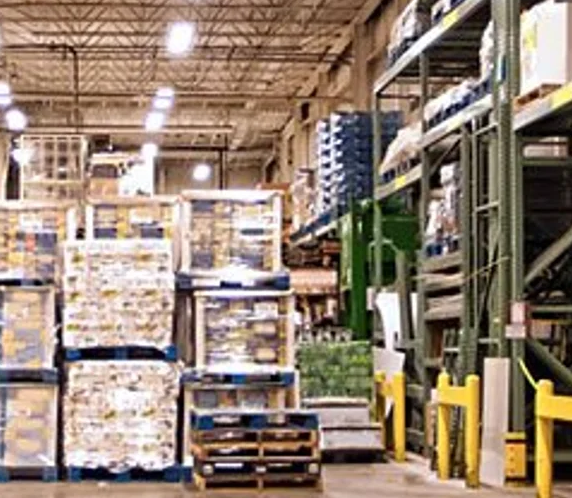Plastics Rotomolding, also called Rotomolding, is actually a developing method that is utilized to make hollow plastic-type components. This process is recognized for its overall flexibility and it is used in many different sectors, which include automotive, home furniture, leisure time, aerospace, and many others. So how does rotational molding job, and what makes it a well known selection for many suppliers? In this particular complete guide, we shall demystify rotational molding and allow you to understand all that you should find out about this manufacturing method.
The procedure of Rotational Molding
Rotational molding consists of using a fungus that is in the shape of the last product. The fungus is put inside a turn your oven, and plastic material resin is put into it. The fungus is going to be rotated from the cooker, causing the plastic material resin to burn and stay with its walls. The fungus is going to be cooled slowly to permit the plastic material to set and handle the form of your mold. The done item is then ejected through the fungus, leaving behind the hollow plastic part.
Features of Rotational Molding
Just about the most considerable benefits of rotational molding is its capability to create huge, hollow elements without seams or important joints. The procedure is also very cost-effective, since it calls for small tooling and equipment. Rotational molding also permits the use of a selection of materials, which include polyethylene, polypropylene, and nylon material, and the like. In addition, the process is highly easy to customize, letting producers to make parts that fulfill their specific demands and needs.
Uses of Rotational Molding
Rotomolding is utilized in a wide array of industries, which include vehicle, home furniture, recreational, and aerospace, amongst others. Inside the vehicle industry, rotational molding is commonly used to generate fuel tanks, air flow channels, as well as other pieces. The procedure is also used to produce kayaks, coolers, and other backyard equipment. Additionally, rotational molding is utilized in the creation of healthcare gear, such as prosthetics and dental implants.
Problems in Rotational Molding
Whilst rotational molding gives many advantages, additionally, it features some obstacles. One of the greatest difficulties is maintaining regular wall surface density. If the mildew is rotated, the plastic resin will naturally gravitate toward the wall space. This can lead to thicker surfaces in many regions of the component, which may lead to warping, cracking, or some other disorders. Producers make an effort to fix this problem with the addition of a baffle inside the fungus or by changing the rotation rate, among other strategies.
Bottom line
Rotational molding has shown to be an adaptable and expense-efficient producing approach, with applications across several sectors. By demystifying this technique, we hope to get given that you simply better knowledge of what rotational molding is and the way it may gain your small business. If you feel rotational molding may be good for you, consider thinking about this production approach in depth, and find an educated and skilled company that will help you deliver your perspective to life.
Verdict:
In this guide, we’ve provided you with a comprehensive breakdown of rotational molding. At this point you recognize how the procedure works, its advantages and challenges, and also the different uses of this production procedure. Rotational molding remains a favorite selection for a lot of manufacturers due to the overall flexibility, expense-effectiveness, and power to create big, hollow components without seams or joint parts. Hopefully the following information helps you better comprehend the entire process of rotational molding, so we promote you to contemplate it like a developing solution for your undertaking.
